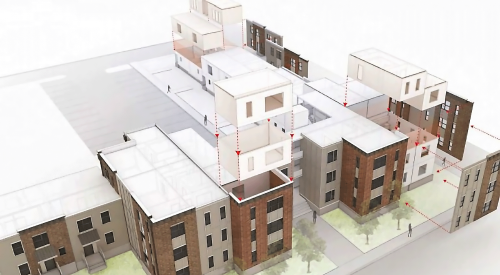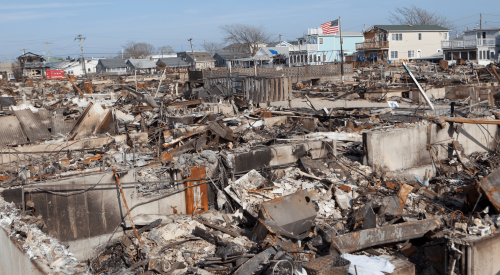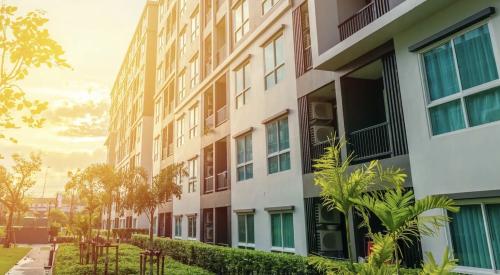The National Association of Home Builders analyzed a recent study, which found that affordable housing developments can increase surrounding property values and reduce crime rates in distressed areas.
In distressed neighborhoods, the basic findings were that building LIHTC housing increases surrounding property values and reduces crime rates. In high-opportunity neighborhoods, LIHTC housing has no effect on crime rates, either positive or negative, but a small negative impact on property values—although only within one-tenth of a mile and if the high-opportunity neighborhood also lacks racial diversity. In moderate-poverty neighborhoods, the research so far has been relatively sparse and not particularly conclusive. Research also has also been relatively sparse and inconclusive on housing programs other than the LIHTC, and on neighborhood effects other than property values and crime.
After summarizing the previous studies in some detail, the authors of What, Where, and When of Place-Based Housing Policy’s Neighborhood Effects draw two important conclusions. First, federal and local governments should continue to use the LIHTC program to build affordable housing in both distressed and low-poverty neighborhoods. Second, developers and advocates should use the academic research to help overcome Not In My Back Yard (NIMBY) objections to affordable housing in high-opportunity neighborhoods. As a recent study published jointly by NAHB and the National Multifamily Housing Council amply demonstrated, NIMBY opposition to any type of multifamily housing is extremely common.













